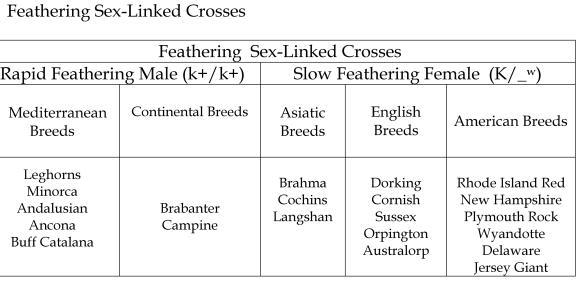Ok so someone told me that a day or two after a chick hatches the ones that get pin feathers on their wings in this amount of time are boys.
Im praying this isnt so because I checked my silkie chicks I hatched out and ALOT of them have them already! They are only a day old!!

Is this true??

Im praying this isnt so because I checked my silkie chicks I hatched out and ALOT of them have them already! They are only a day old!!

Is this true??


